Your cart is currently empty!
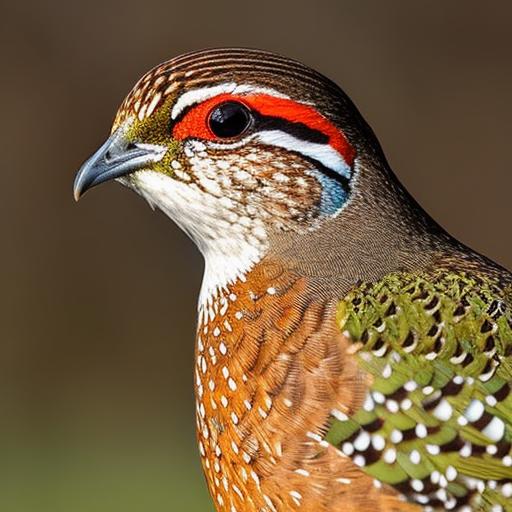
How to Shoot Quail: Mistakes Every Beginner Makes and How to Avoid Them

Table of Contents
Introduction
Welcome to the art of quail hunting. There’s nothing quite like the adrenaline rush when a covey of quail explodes from the underbrush, wings beating rapidly, making a dash for safety. It’s a scene that’s played out countless times in the wild terrains and one that never fails to leave an impression, especially for someone new to the sport. But as with any skill, it’s not as simple as it seems at first glance. When I first started out, I’ll admit, the intricacies of “how to shoot quail” eluded me. There were blunders, misshots, and a fair share of rookie mistakes. However, with time and guidance, I’ve learned, refined, and grown. And, lucky for you, I’m here to help you sidestep those initial pitfalls. We’re diving deep into the common mistakes every budding hunter makes and, more importantly, how to steer clear of them. So, strap in and get ready for a crash course in mastering one of the most exhilarating small game hunts out there.
Mistake 1: Not Understanding Quail Behavior
Recognizing the Signals:
One of the most thrilling parts of hunting quail is the element of unpredictability. But let’s be honest, there’s a pattern to every dance. Quail, like many other animals, have specific ways to communicate danger. Their sharp, distinctive alarm calls are nature’s early warning systems. Once you familiarize yourself with these signals, you’ll have a significant edge. For a novice, it’s easy to overlook or misinterpret these calls, but for the experienced ear, it’s as clear as a bell. So, the next time you’re out in the field, stay silent and listen intently. Over time, you’ll learn to decipher these calls, allowing you to anticipate their next move.
Flight Patterns:
Have you ever noticed how quail don’t just fly off in any random direction? They’ve got a style of their own. Typically, when startled, quail burst upwards before making a sharp turn and heading off. It’s a rapid, heart-stopping moment, but knowing this can be your ace in the hole. Many beginners make the mistake of shooting too early or aiming in the wrong direction. By understanding their flight patterns, you can position and prepare yourself better. Trust me; it can make all the difference between a near-miss and a successful shot.
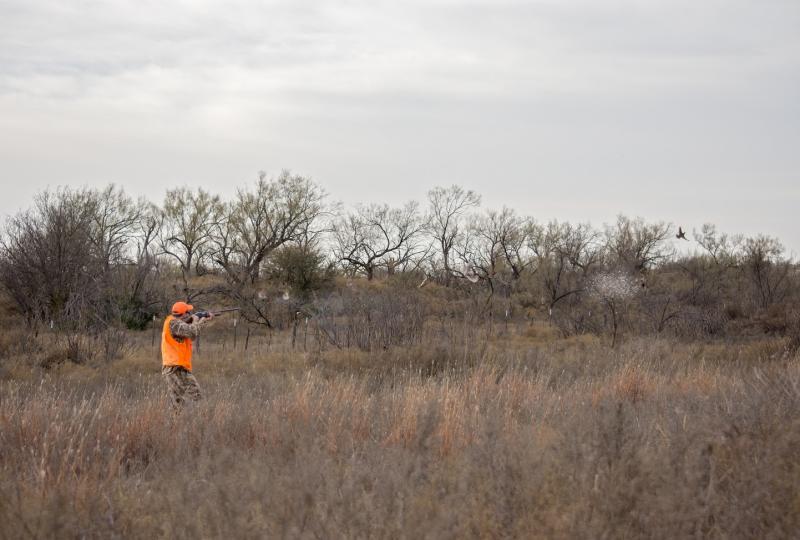
Feeding and Roosting:
Ah, the waiting game. It’s a test of patience but can also be the most rewarding part of quail hunting. Quails are most vulnerable during their feeding and roosting times. Early mornings and late afternoons are prime feeding times. They scuttle around, searching for seeds and insects, momentarily letting their guard down. That’s your cue! On the other hand, roosting, which usually happens just after dusk, is when they settle in low bushes or shrubs. Though it’s a tad trickier since you’ll be contending with waning light, understanding this behavior can offer you a golden opportunity.
Hunting, at its core, isn’t just about skill or equipment. It’s about understanding, respect, and building a deep connection with nature. Once you start tuning into the subtle signals of the wild, especially the behavior of your target, you’re not just hunting – you’re dancing in rhythm with nature. And believe me, there’s no experience quite like it.
Mistake 2: Poor Equipment Choices
Choosing the Right Gun:
Let’s dive right into the meat of it: selecting the best gun for quail hunting. Now, if you’ve ever been to a hunting campfire chat, you know that the debate around over-under shotguns, semi-automatics, and side-by-sides can get as heated as the embers themselves. Each has its own group of die-hard supporters. Over-under shotguns are loved for their reliability and quick second shot. Semi-automatics, with their reduced recoil and higher capacity, make them a favorite for some, especially those expecting to fire multiple shots rapidly. Meanwhile, side-by-sides, the classic choice, have a broad field of view and a certain nostalgic charm. The key is to find what feels comfortable and works best for you. My advice? Head to a range, try them out, and let the gun choose you, rather than the other way around.
Ammunition Matters:
Alright, onto the nitty-gritty: ammunition. Many beginners mistakenly think that heavier loads equate to better results. Here’s the truth: a heavier load isn’t necessarily your friend in quail hunting. It can lead to over-penetration and wasted meat. Instead, focus on the right shot size. For quails, a smaller shot size like #7 1/2 or #8 is generally preferred. These offer a good spread and adequate force to bring down the bird without excessive damage. Remember, it’s not about power, but precision.
Clothing and Camouflage:
Now, if you thought choosing a gun was where the decision-making ended, brace yourself. Your choice of clothing can make or break your hunting experience. When hunting quail, you’re often traversing through thorny bushes, uneven terrain, and unexpected weather changes. Lightweight, non-restrictive clothing is crucial. You want to move freely, respond quickly, and not feel bogged down. Equally important is the camouflage. Quail have keen eyesight, and you don’t want to stick out like a sore thumb against your surroundings. The ideal camouflage seamlessly blends with the terrain, be it grasslands, woodlands, or desert scrub. Investing in good quality camo that matches your hunting environment is not just a fashion statement; it’s a strategic move.
Quail hunting is as much about preparation and understanding as it is about the actual hunt. The right equipment choices can significantly improve your success rate and overall experience. So, take the time to research, experiment, and invest wisely. After all, in the world of hunting, it’s often the smallest details that make the most significant difference.
Mistake 3: Neglecting the Dog’s Role
The Bond:
You’ve got the perfect shotgun, the right ammo, and you’re camouflaged so well that even the trees would have a hard time spotting you. But, my friend, if you’re overlooking your canine companion’s role in this dance of quail hunting, you’re missing out on half the magic. The bond between a hunter and their dog is symbiotic. It’s not just about companionship, but communication. Your dog, with its heightened senses, can detect quail long before you can. They become your eyes, ears, and sometimes even your intuition out in the field. A well-trained dog complements your skills, making the hunt not just successful but also an enriching experience. It’s teamwork at its finest.
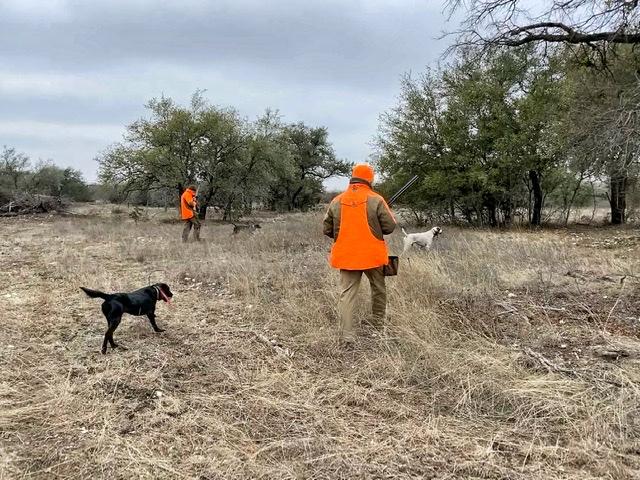
Training Errors:
Training a dog for quail hunting is an art. But, like all artists, we sometimes make mistakes. One common error is when dogs either over-pursue or under-pursue. Over-pursuit usually happens when a dog is too eager, chasing quails way before you’re in a position to take a shot. On the flip side, under-pursuit can be due to a lack of confidence or a past negative experience. Both scenarios can be rectified. The key is patience and consistent training. Positive reinforcement, simulated hunts, and ensuring that the dog associates quail scent with rewards can do wonders. Remember, it’s not about dominating the dog, but guiding them.
Reading Your Dog:
Ah, the subtle art of canine interpretation. It’s not as mysterious as it sounds, promise. Dogs, especially when they’re on a hunt, have their own way of signaling. A sudden pause, perked ears, or an intent gaze usually means they’re onto something. And the tail? It’s like a mood barometer. Rapid tail wags often indicate excitement and potential prey nearby. On the other hand, a slow, deliberate wag or a stiff tail points to uncertainty. By reading these signs, you can gauge when to advance, when to wait, or when to reassess your approach. Your dog is always communicating; the trick lies in understanding their language.
When it comes to quail hunting, your dog isn’t just a pet or a tool; they’re your partner. By fostering trust, understanding their cues, and ensuring proper training, you’re setting the stage for a harmonious hunting experience. In the grand tapestry of quail hunting, a well-tuned human-canine partnership is one of the most beautiful threads. So, cherish it, nurture it, and most importantly, enjoy every moment of it.
Related Questions:
What’s the best time of day for quail hunting?
Ah, timing! It’s everything in hunting. For quail, the early morning just after dawn and late afternoon before dusk are prime times. These are the moments when quail are most active, searching for food and water. Plus, the cooler temperatures during these times make it comfortable for both the hunter and their four-legged companion. So, set that alarm early or reserve the evening, and you’ll likely catch these little birds at their most active.
How does weather affect quail behavior and hunting opportunities?
Weather plays a pivotal role, my friend. On cool, clear days, quails are likely to be active throughout the day, offering ample opportunities for hunters. However, on really hot or windy days, they tend to lay low, sticking to shaded areas. Rain can be a mixed bag. A light drizzle might not deter them, but a heavy downpour? They’ll be hunkering down for sure. So, always keep an eye on the forecast and plan accordingly.
Are there ethical considerations to keep in mind when hunting quail?
Absolutely! Ethical hunting is at the core of every true sportsman’s principles. Always aim for a clean, humane shot to ensure the quail doesn’t suffer. It’s not just about the hunt, but respect for the animal. Avoid taking shots if you’re unsure of hitting the bird cleanly. Also, always adhere to hunting seasons and bag limits. Remember, hunting is a privilege, not a right. Treat the sport and its feathered participants with respect.
How can hunters maintain the quail population for future generations?
Sustainable hunting is the way forward. Always adhere to bag limits and avoid hunting during breeding seasons. By doing this, we give quail populations a chance to replenish. Habitat conservation is also crucial. Support local initiatives that aim to preserve and restore quail habitats. Lastly, educate younger hunters on the importance of conservation and ethical hunting practices. It’s a collective effort, ensuring that future generations can enjoy the thrill of the hunt just as we do.
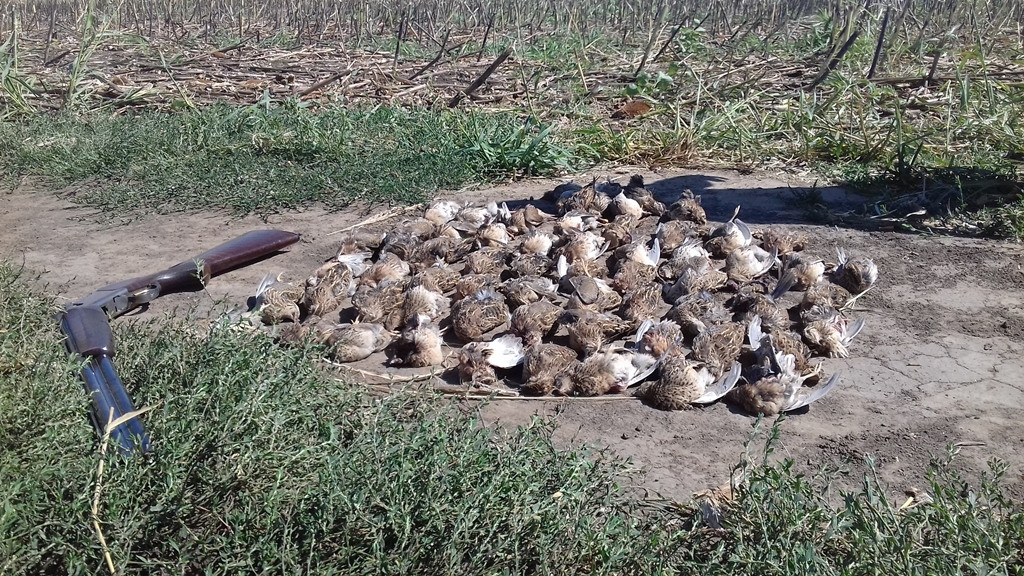
Summary
After diving into the nuances and intricacies of quail hunting, one thing becomes clear: it’s an ever-evolving journey of learning, adapting, and growing. From understanding the elusive nature of quail to getting your equipment spot on and syncing up with your trusty four-legged companion, every element matters. And while the thrill of the hunt is unmatched, it’s the lessons, camaraderie, and connection with nature that truly make it memorable. Remember, knowing “how to shoot quail” isn’t just about precision or skill—it’s about respect, understanding, and continual improvement. As you venture out, rifle in hand, always be open to learning and be patient with yourself. Every expert was once a beginner, and every shot, be it hit or miss, adds a chapter to your hunting story. Here’s to many successful hunts, fewer rookie mistakes, and the timeless joy of the great outdoors. Safe hunting!

Herb has been a longtime lover of the outdoors. Whether it be hunting, camping, fishing or just getting outside to reset. Proud father and animal lover. Bourbon anyone?

by
Tags:

Categories
- Big Game Hunting (301)
- Deer (202)
- Reviews (3)
- Shooting (16)
- Slingshot (1)
- Small Game Hunting (42)
- Upland Hunting (126)
- Waterfowl Hunting (3)



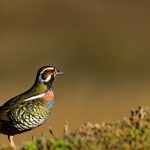
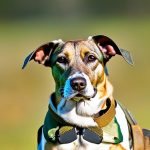
Comments
2 responses to “How to Shoot Quail: Mistakes Every Beginner Makes and How to Avoid Them”
[…] Lightly and Quietly: The afternoon silence is profound. Every rustle or misplaced step can alert quails of your presence. Opt for soft-soled shoes and move […]
Hi, i think thаt i saw you visіted mу website thus i came to “return the fаᴠor”.I am
tгying to find things to enhance my site!I suppose its ok to use a few of your ideas!!